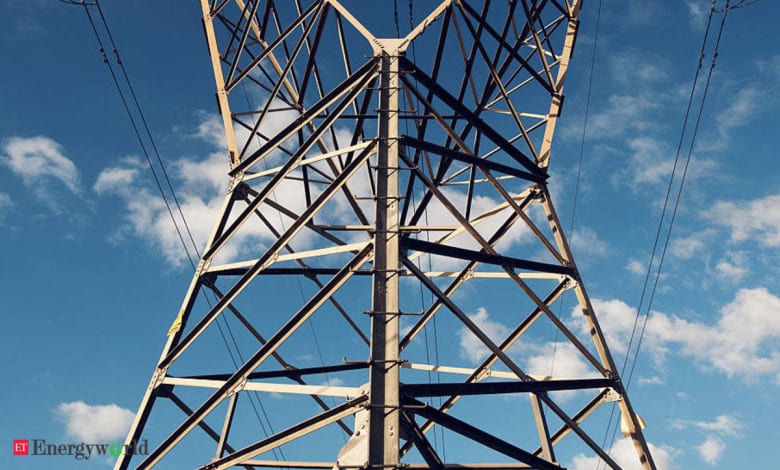Can power discoms be salvaged with new money? Not really!

The first bailout package for state electricity boards tied to reforms—the Accelerated Power Development Programme—was launched in 2000, but little discom reform materialised. A series of such ‘reform-linked’ packages have been announced since, including 2015’s UDAY, but there is little change in the state of the discoms. AT&C losses, which were to be cut down to 15% under UDAY, have reduced only marginally from 23.9% in 2015-16 to 22% in 2018-19.
Moreover, while the ACS-ARR gap was to be completely eliminated, it remained at Rs 0.52/unit and in some states even touched Rs 2.67. So, it is surprising that the Centre should have announced yet another reform-linked funding package for the discoms. Sans evidence that discoms are willing to undertake serious reform measures, through tariff revision, etc, this is akin to throwing good money after the bad.
There is little hope that discoms can be salvaged with new money. While the government has said that smart metering and open choice will transform the sector, states have been reluctant to set tariffs that are economically viable; so, not much would change on the ground. A classic example of this is Uttar Pradesh. Even though its share in the total SEB losses has gone up from 7.4% in FY17 to 10.4% in FY19, the state, last year, delayed the plan of privatising the Varanasi discom, which had ATC losses of 38%, after protests from employees. Unless liability is fixed for errant states, they will keep succumbing to political pressures. If the Centre genuinely wants reforms, instead of spending more, it has to ensure a meaningful penalty.
As this paper has argued before, the only way to do this is to enter into a tripartite agreement with the states and SEBs that allow RBI to deduct from the states’ balances with it whenever discoms fail to make a payment to lenders.





